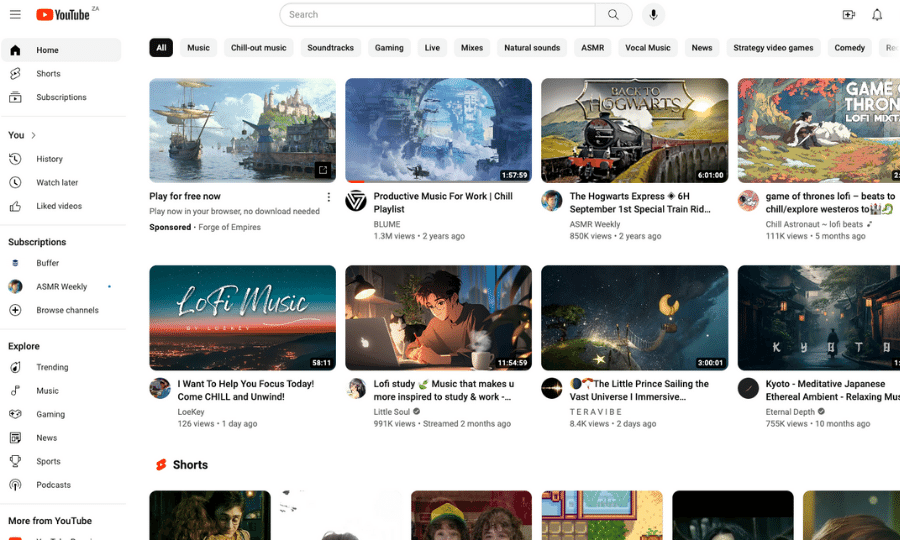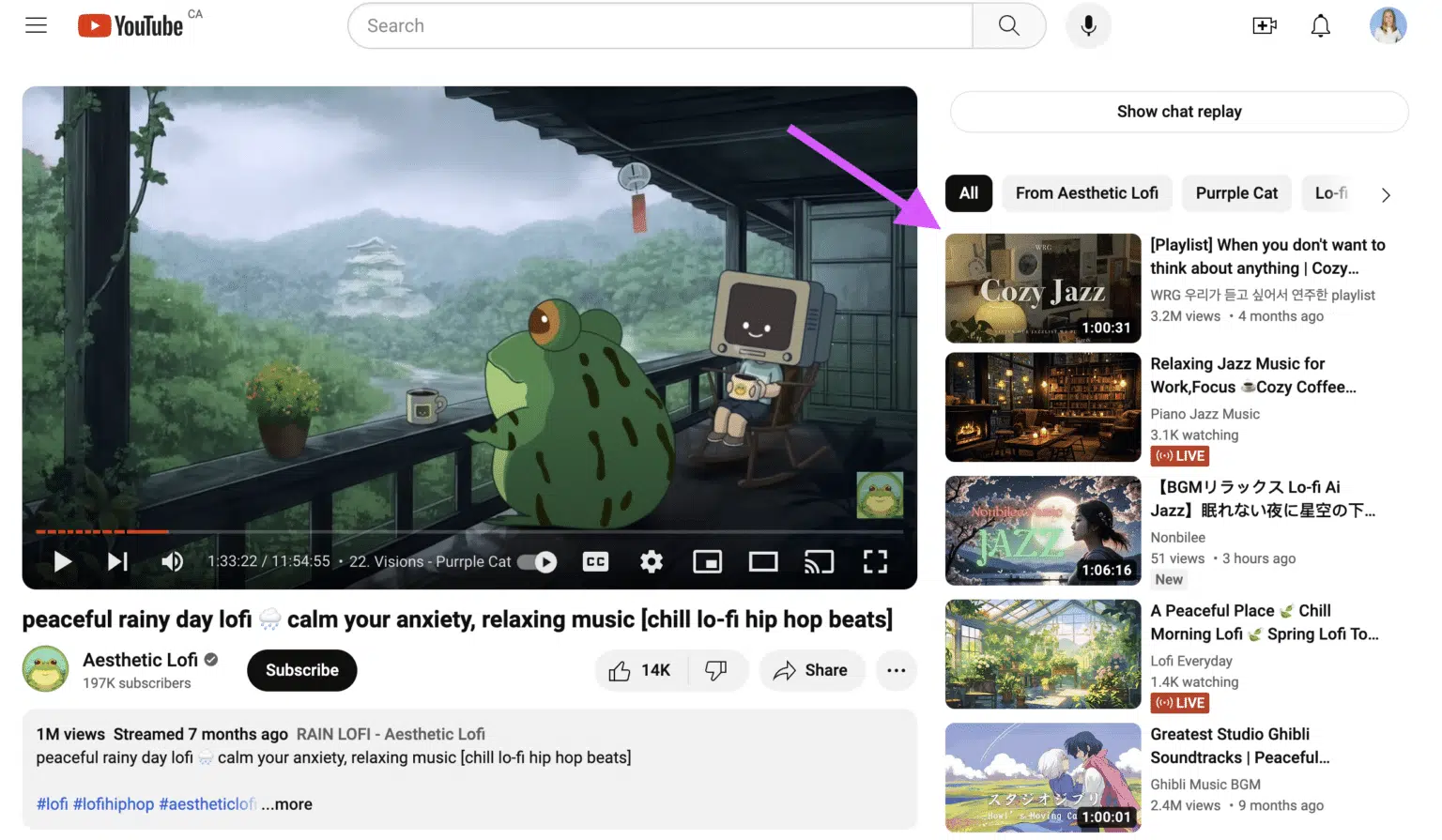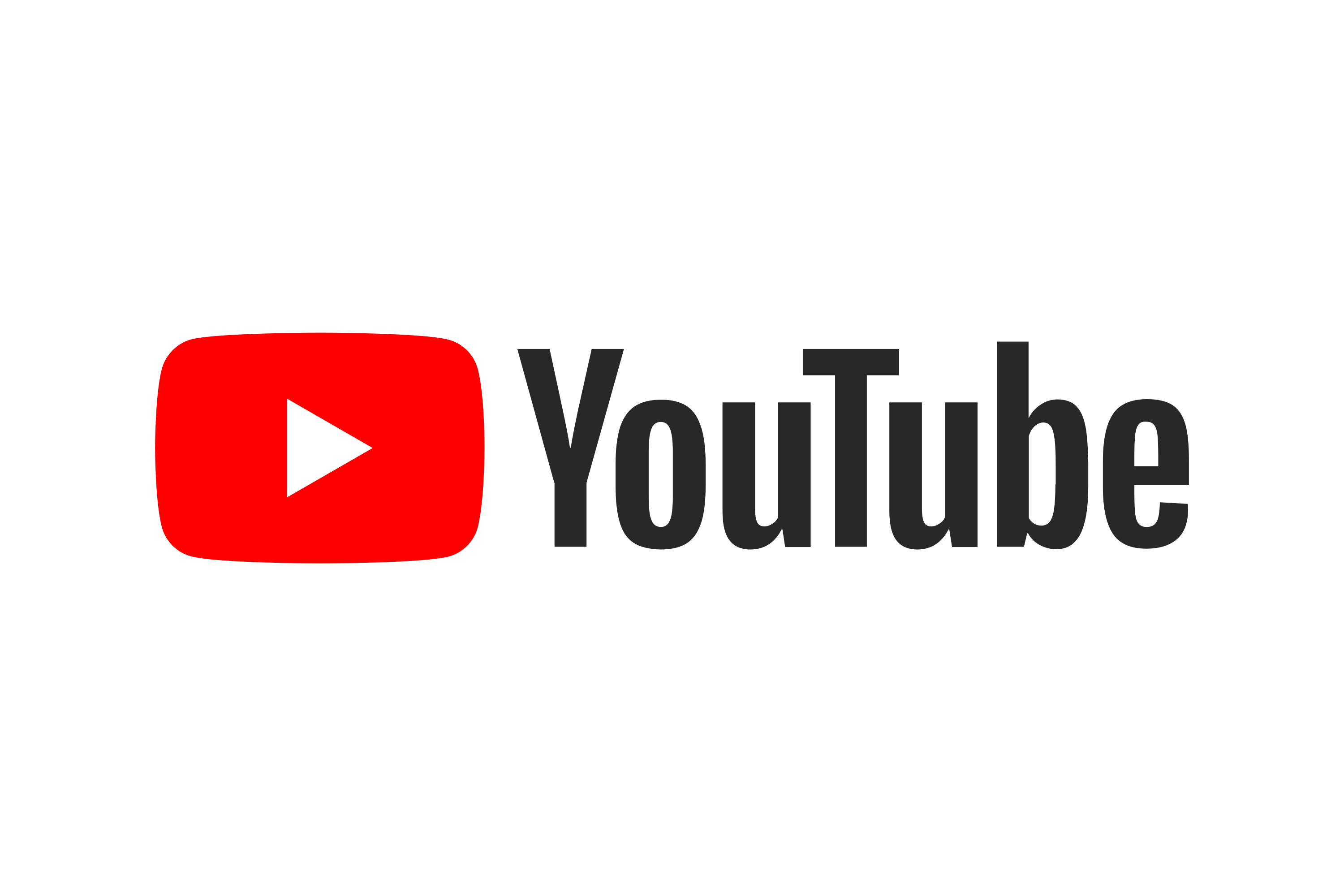Background
This web page breaks down how YouTube uses consumer behavior data as part of its recommendation algorithm. Understanding the algorithm is crucial for content creators and when planning their content strategy.


Buffer | Guide to the Algorithm
Buffer provides a comprehensive guide that breaks down the YouTube algorithm according to insights from YouTube insiders. The article discusses how the algorithm has evolved and offers tips for applying this knowledge to your videos.
Raw Data
YouTube uses watch history, likes, searches, subscriptions and video completion rates in order to feed it through machine learning algorithms. The raw data is used to determine what goes on the trending page. Then, they are further broken down into News, Music, Gaming etc. There are also groupings of popular topics and creators in specific regions.
Creators on YouTube have their own analytics dashboard where they can see their engagement and retention rates for each video. This helps creators adjust their content strategy- it helps them understand what works and what doesn't. By taking the time to read through these three sources, creators can really get a deeper understanding of the Youtube algorithm.


Hootsuite's article examines how the YouTube algorithm evaluates factors such as view duration and audience engagement to rank videos. It provides insights into what metrics are crucial for content visibility.
Utilizing Data
Creators can extract engagement data from your YouTube Analytics dashboard and compare it against the best practices outlined by Hootsuite. For example; if watch time drops significantly after the introduction, that tells the creator that they might need to restructure their content in order to engage viewers earlier.
Creators on YouTube have their own analytics dashboard where they can see their engagement and retention rates for each video. This helps creators adjust their content strategy- it helps them understand what works and what doesn't. By taking the time to read through these three sources, creators can really get a deeper understanding of the Youtube algorithm.


YouTube offers a detailed overview of its recommendation system, explaining how it suggests content on the homepage and the "Up Next" panel. The platform emphasizes that recommendations are personalized based on factors like watch history, search history, and channel subscriptions.
Based on Hootsuite's guidelines, the creators can also conduct A/B testing with different thumbnail designs and track click-through rates (CTR) over a week to identify the most effective visual strategy. The thumbnail and title are the first thing a potential viewer would see, and even simple changes in font or overall aesthetic can have a profound effect on CTR. Simultaneously, creators can apply machine learning insights from Google's research by optimizing video descriptions with relevant keywords and structured tags, including terms like "tech review," "latest gadgets," and "performance test," aligning their metadata with search intent. Lastly, leveraging real-time trend insights from YouTube's recommendation presentation, they identify a surge of interest in AI-powered laptops and quickly produce a review to capitalize on the trend.